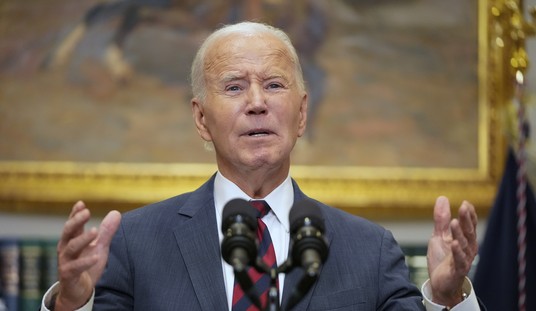The idea of being “energy independent” started after the 1973 oil crisis—when the Organization of Arab Petroleum Exporting Countries (OAPEC) declared an oil embargo and badly damaged the U.S. economy.
Clearly the American people, the politicians in Washington, and the U.S. military quickly realized that receiving the life blood of the American economy and military machine (oil) from potential enemies was not a good idea. Thus the strategic concept of “energy independence” was born.
In recent years the idea has been co-opted by environmental groups, and changed to mean independence from fossil fuels altogether, not just the fossil fuels produced in countries that are volatile or hostile.
Up to a point, this definition change was relatively easy. Traditional U.S. oil and natural gas production weren’t able to keep up with demand at a price competitive with Persian Gulf producers. But the situation changed drastically with the innovation of hydraulic-fracturing and horizontal drilling. Now, not only is the U.S. technologically capable of becoming independent of foreign oil, but the U.S. could become an exporter of oil and natural gas in the near future.
Will this take time? Yes, it will be a few years yet—more due to the lack of infrastructure to transport all the natural gas and oil than anything else. Natural gas has to be liquefied before it can be shipped, and the United States doesn’t have the facilities yet to deal with large scale exports.
Recommended
According to James Phillips at Wealth Manager, a publication in the United Kingdom, “Exxon revealed its return on investment per $1,000 spent has grown from 12.5% in 2011 to 40% in 2014, which is equivalent to a 321% rise. This has resulted in a collapse in the field’s breakeven rate from $115 a barrel in 2011, down to $35.8 in 2014.”
What that information means is quite simply that when OPEC (Organization of the Oil Exporting Countries) refused to reduce output amid dropping crude oil prices last year in an attempt to destroy the burgeoning U.S. fracking industry, U.S. companies, due to the advances leading to a cheaper per-barrel breakeven cost, were fully able to survive the attempted economic coup, and continued to produce shale oil and gas. Meanwhile OPEC member countries struggle to keep afloat at the lower oil price.
It has become clear that “energy independence” in the traditional sense of freedom from volatile oil markets controlled by countries hostile to America and her allies is achievable in the near future, and all thanks to fossil fuels and the innovative technologies that made that fuel accessible at a continually lower cost.
The definition of “energy independence” preferred by the President, and alternative fuel proponents—independence from fossil fuels altogether—is a misnomer.
Neither solar nor wind energy technology is anywhere near capable of producing enough on-demand, uninterrupted energy at any cost to meet U.S. energy needs, let alone in an affordable manner. And of course there is the environmental damage done by solar and wind farms, including the millions of birds and bats killed by wind and solar farms every year, and the enormous amount of land required for even relatively small amounts of energy production—many times the land required for fossil fuel energy generation, even when you include not just the generating units but also the mining locations.
With current technology, wind and solar energy are just too expensive to be particularly relevant, let alone to be touted for their capability to make the U.S. “energy independent.” The toll of the “renewable” trend can already be seen in Europe where many more excess winter deaths occur due to fuel poverty, and where many countries are slashing their subsidies for the costly technology.
It is a lofty goal to create a better future, but it is absolutely imperative to define what “better” really means. American energy independence from hostile nations creates a safer future for Americans, and bringing American allies into that scope of independence makes for an even safer world. The American fossil fuel industry with its ingenious technology of hydraulic-fracturing and horizontal drilling has done more to reach that goal in the last ten years than anyone ever could have dreamed. The next step is to become a net exporter of oil and natural gas. When that happens, the geopolitical uses of American energy will be very apparent. American shale gas could be an alternative to Russian natural gas, which would leave a significant portion of Europe in a better position to rebuff Russian aggression—and that would make for a better and safer world.


